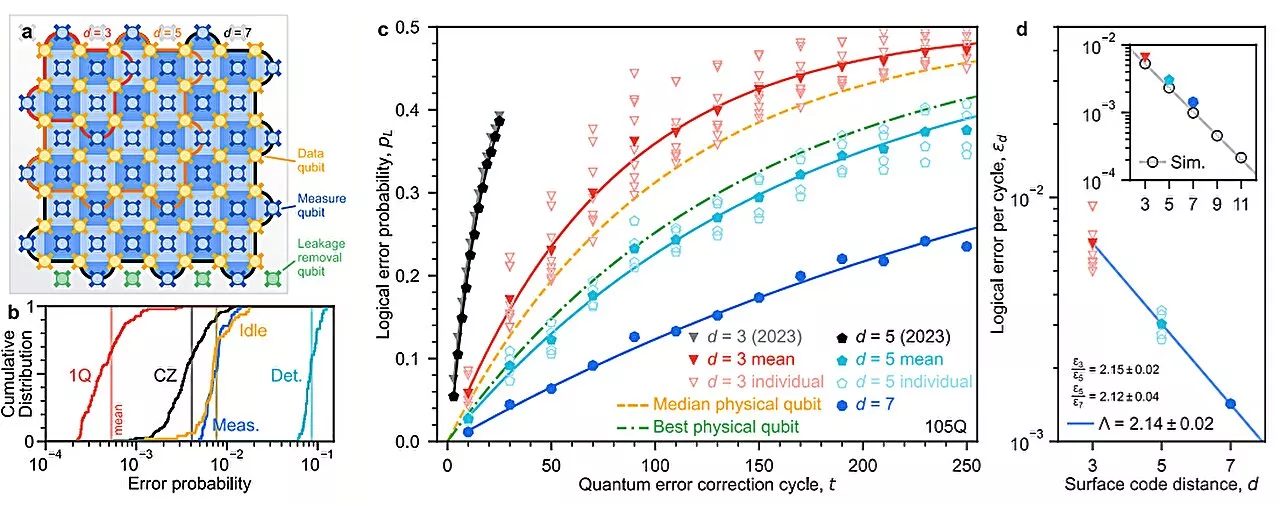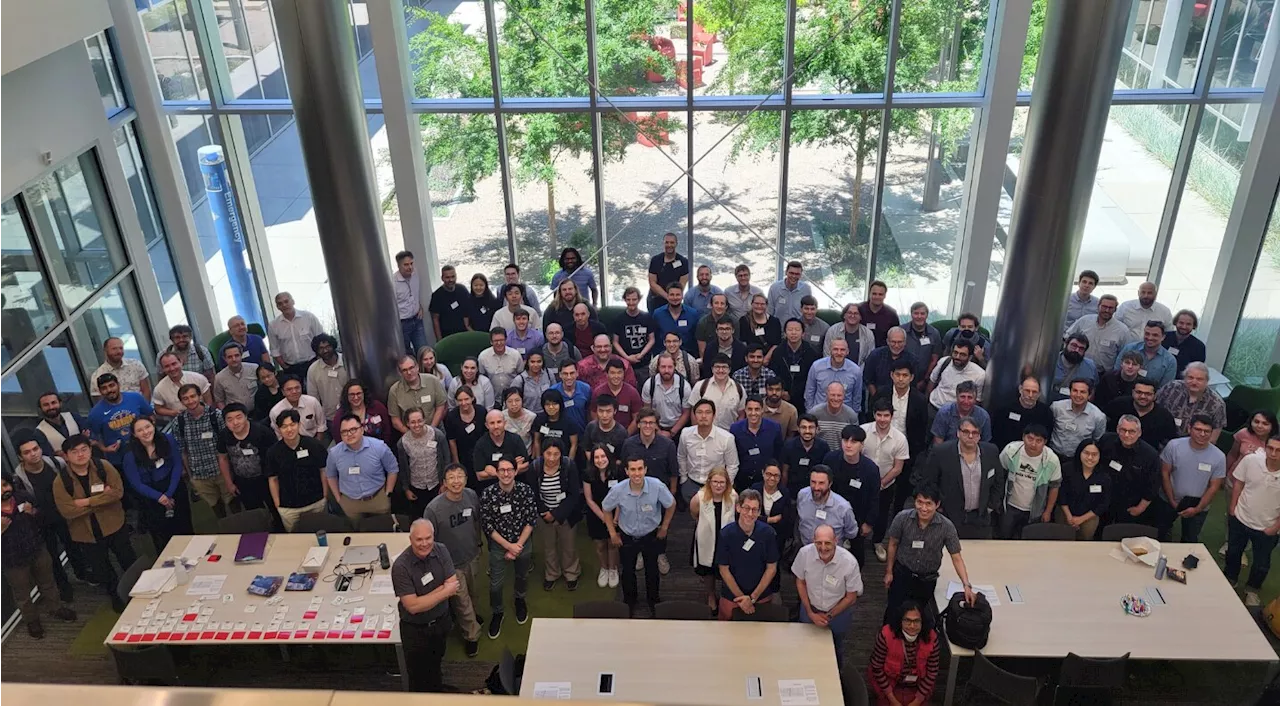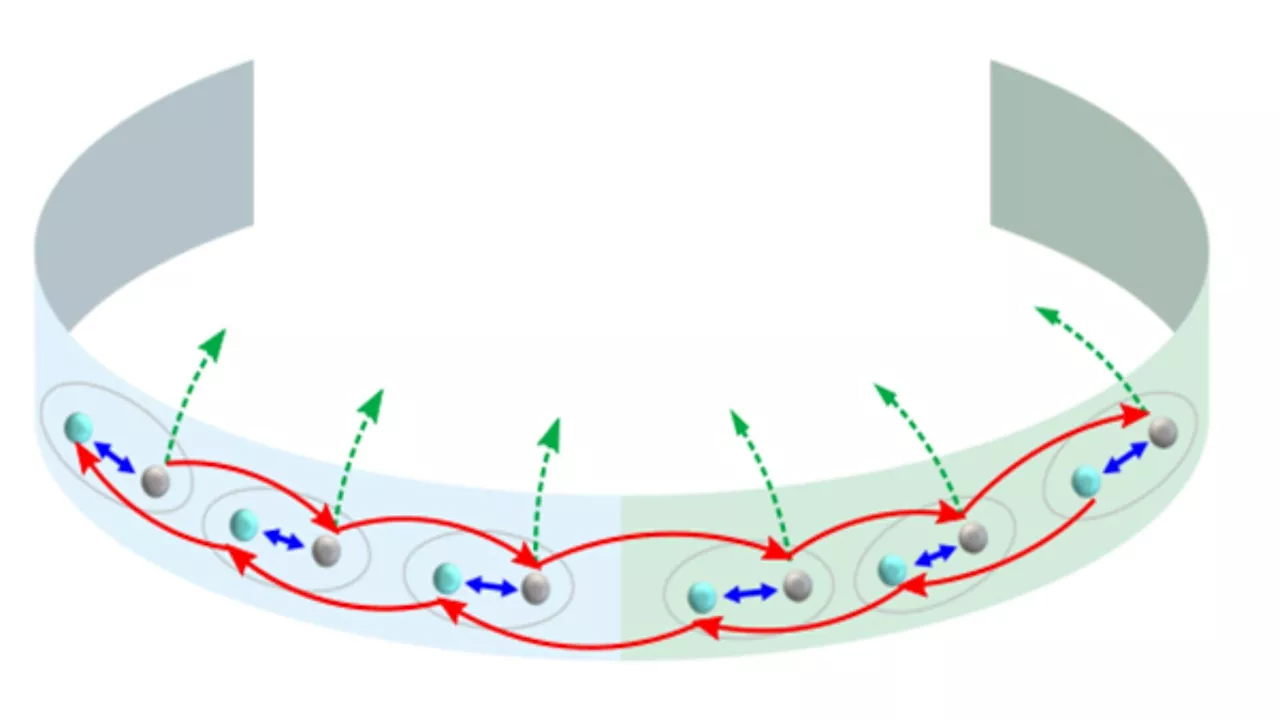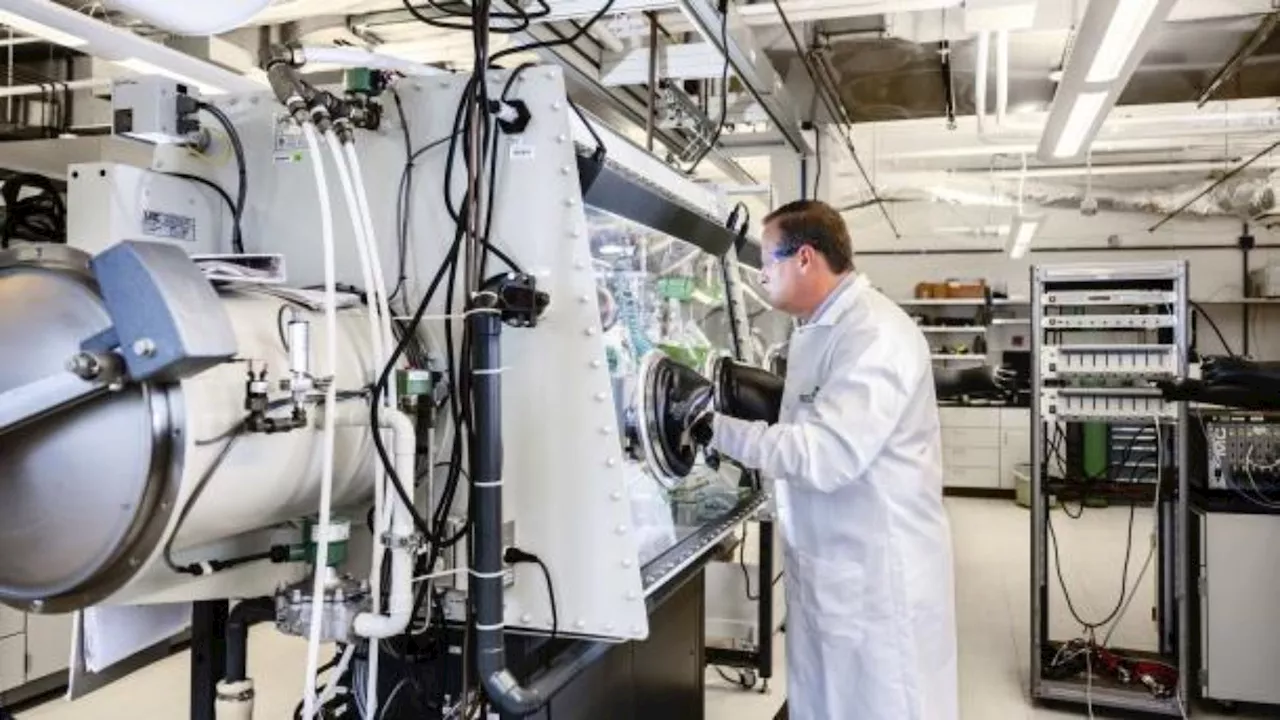Scientists are harnessing quantum phenomena to develop a new generation of optical memory with enhanced durability, speed, and efficiency.
To overcome the limitations of current optical storage, the new method uses rare-earth emitters with varying wavelengths to increase data storage capacity.Researchers from the US Department of Energy’s Argonne National Laboratory and the University of Chicago Pritzker School of Molecular Engineering have proposed a new method for optical memory storage.
“We worked out the basic physics behind how the transfer of energy between defects could underlie an incredibly efficient optical storage method,” stated Giulia Galli, an Argonne senior scientist and Liew Family Professor at PME.Considering the current increasing volume of digital data worldwide, there has been a continuous demand for innovative storage technologies.
By using different wavelengths of light for each emitter, known as wavelength multiplexing, more data could potentially be stored in the same area, stated the researchers.The researchers created models of materials with narrow band rare-earth emitters to test their approach. These materials have atoms that absorb and emit light at very specific, narrow wavelengths of light, which can then be captured by nearby quantum defects.
Physics Quantum Rare Earth Rare Earth Metals
United States Latest News, United States Headlines
Similar News:You can also read news stories similar to this one that we have collected from other news sources.
 Google Quantum AI demonstrates a quantum memory system that greatly reduces error ratesA team of computer scientists at Google Quantum AI has demonstrated a type of quantum memory for a quantum computer that produces far fewer errors than others. The group has published a paper on the arXiv preprint server describing their new memory system, how it works, and the degree to which it is capable of reducing error rates.
Google Quantum AI demonstrates a quantum memory system that greatly reduces error ratesA team of computer scientists at Google Quantum AI has demonstrated a type of quantum memory for a quantum computer that produces far fewer errors than others. The group has published a paper on the arXiv preprint server describing their new memory system, how it works, and the degree to which it is capable of reducing error rates.
Read more »
 Neutral atom innovations by quantum systems accelerator mark quantum computing milestonesBefore quantum computers can solve complex problems, researchers must develop technologies that manage larger numbers of qubits (the building blocks of quantum computers) for extended periods.
Neutral atom innovations by quantum systems accelerator mark quantum computing milestonesBefore quantum computers can solve complex problems, researchers must develop technologies that manage larger numbers of qubits (the building blocks of quantum computers) for extended periods.
Read more »
 Quantum error correction technology outperforms world's leading quantum computing company, researchers claimSolving the problem of error is essential for the practical application of quantum computing technologies that surpass the performance of digital computers. Information input into a qubit, the smallest unit of quantum computation, is quickly lost and error-prone.
Quantum error correction technology outperforms world's leading quantum computing company, researchers claimSolving the problem of error is essential for the practical application of quantum computing technologies that surpass the performance of digital computers. Information input into a qubit, the smallest unit of quantum computation, is quickly lost and error-prone.
Read more »
 Quantum error correction research reveals fundamental insights into quantum systemsAs scientists and researchers increasingly look to quantum computing to aid in complex problem-solving and advance our understanding of the universe—quantum error correction has become a critical area of scientific inquiry.
Quantum error correction research reveals fundamental insights into quantum systemsAs scientists and researchers increasingly look to quantum computing to aid in complex problem-solving and advance our understanding of the universe—quantum error correction has become a critical area of scientific inquiry.
Read more »
 Microsoft Azure Quantum: Accelerating Discovery In The Quantum AgeMicrosoft and its Azure Quantum collaborators keep breaking new ground on research projects that advance different critical aspects of quantum computing.
Microsoft Azure Quantum: Accelerating Discovery In The Quantum AgeMicrosoft and its Azure Quantum collaborators keep breaking new ground on research projects that advance different critical aspects of quantum computing.
Read more »
 Scientists demonstrate first experimental evidence of non-Hermitian edge burst in photonic quantum walksIn a new Physical Review Letters study, scientists have demonstrated the first experimental observation of non-Hermitian edge burst in quantum dynamics using a carefully designed photonic quantum walk setup.
Scientists demonstrate first experimental evidence of non-Hermitian edge burst in photonic quantum walksIn a new Physical Review Letters study, scientists have demonstrated the first experimental observation of non-Hermitian edge burst in quantum dynamics using a carefully designed photonic quantum walk setup.
Read more »
